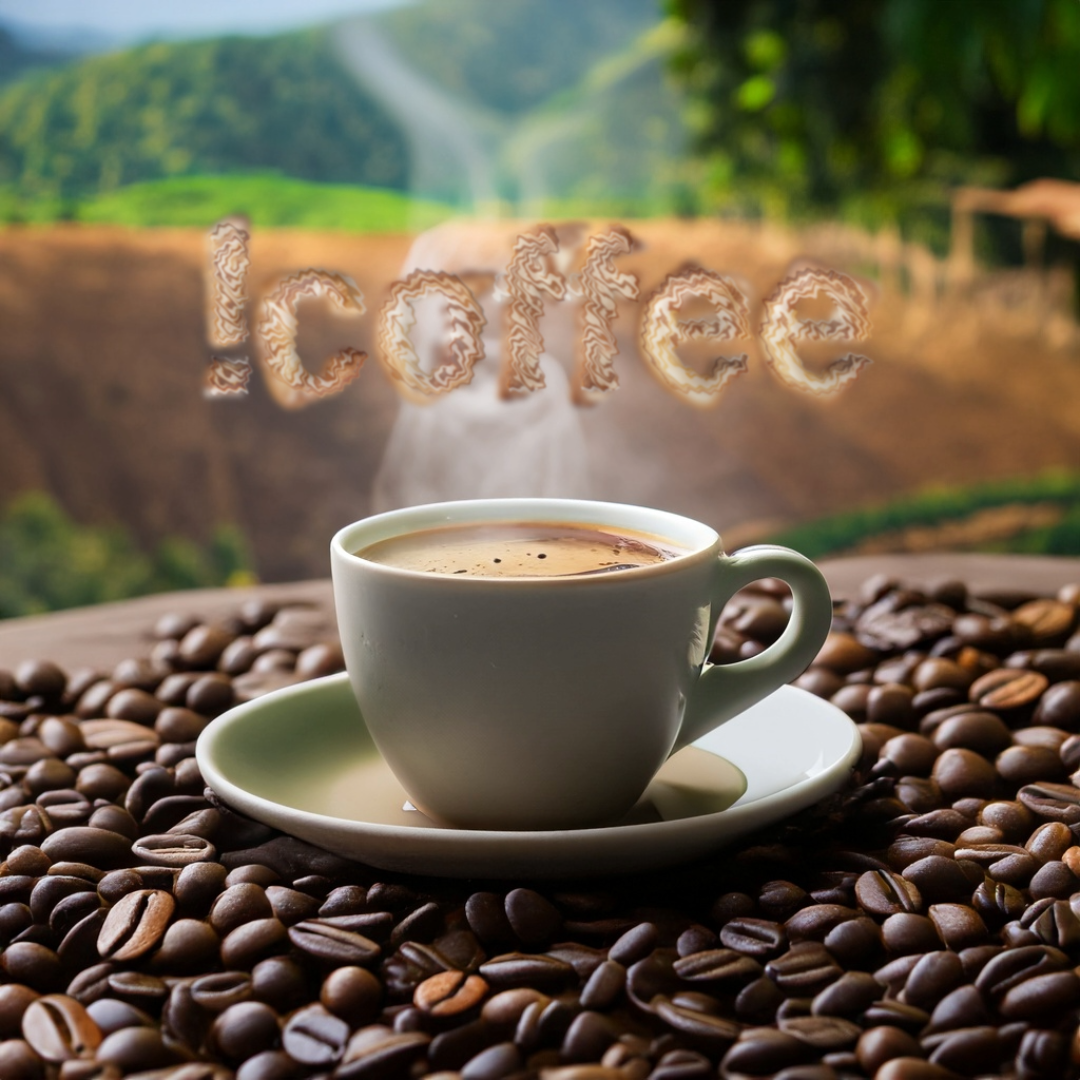Hi, this idea for a post came about after reading the other post asking people to describe their daily brew method.
I’ve been into coffee ever since I started chasing the ability to get decent coffee at home that’s strong enough so that most of the cup can be hot milk.
Cafetiere was always disappointing, the flavour always seemed to be a bit… “woody” if that makes sense? Almost like you’d expect ground coffee beans to taste like, and not the “actual extracted coffee flavour” that you’d expect.
I never bothered with any of the pourover methods because I couldn’t see how they were any good for “milk drinks”, they just seemed like different ways of making caferiere strength coffee but with more control over the brew.
I was never aware of aeropress really early on, and when I did hear about it it just looked like another way of making filter strength coffee so I steered clear of that.
Then I discovered the Moka pot which I used for years by cramming it with as much coffee as I could get into it which used to get pretty close to espresso strength but obviously not proper espresso.
Eventually we bought a Bambino Plus in lockdown and have been knocking out at least decent 2 lattes per day ever since (usually more if my wife is home)
The confusing thing for me has always been that the guys I have worked with over the years who have been really into their coffee have always used pourover or aeropress, and I’ve always been a little bit puzzled as to why they haven’t upgraded to an espresso machine yet (these people are all well paid and could definitely afford one if they wanted one, looking at the grinders they used to buy)
With all of this context in mind, what is the attraction to pourover or aeropress style coffee vs. espresso? E.g. espresso can = americano if it’s just a case of liking watered down coffee without a lot of milk, just add hot water. Please sell me on the idea of pourover or similar methods 🙂


I use pour over when I want a clean, paper-filtered cup of coffee that is richer than your typical drip brew. All of the other methods I prefer to use — mostly Flair espresso and moka pot, but occasionally cafetière—are unfiltered. That leaves more body (oils and solubles) which I prefer. But sometimes you want that clean brew from the paper filter.
I think of a pour over as an immersion style of brewing. So in some ways it is similar to the cafetière. But because of the filter method, a French press is going to require larger grind size which results in a slightly different (in your case “woody”) extraction.
I also like that the pour over gives me more room to experiment with grind size and volumes. This is oversimplified but extraction comes down to basically three things: grind size, water volume/contact time, and temperature. The grind size on a cafetière can result in a hollow extraction sometimes where you’re not getting the full range of what the bean has to offer.
Of course, the main downside to a paper filter is the removal of oils, which also affects the flavor. Especially if you prefer an oily style in which the cafetière, espresso and moka excel.
Oh dang… just yesterday I was telling someone that pourover is a drip method as opposed to AP/FP immersion methods. What makes a V60 an immersion, and Mr Coffee a drip, if that’s what you’re saying?
It’s really just more my own person way of thinking about it after watching Hoffmanns’s method. It certainly is drip. But Hoffmann swirls the grounds so that you get a kind of best of both worlds of drip and immersion. I prefer to think of it as immersion when I’m trying to dial in the extraction because using Hoffmann’s method the grounds float around in the cone.
Edit to add another thought I had: I think Hoffmann has a video where he shows his swirling technique. The idea is that suspending the grains exposes them more equally to the water for a more balanced extraction. That said, many people do not do this with their pour over so it would have some other similarity to drip and percolator methods. If memory serves, Hoffmann also has a percolation vs immersion video that is worth watching.
Pourover is primarily a percolation (“drip”) method, and it is confusing IMO to refer to it as immersion, unless your brews are quite unusually slow.
Water is constantly flowing through the bed of coffee and in doing so is pulling the solubles out of the coffee. There is some “immersion” happening when you fill or partially fill the cone with water and then let it draw down but this plays a minority part in the process.
The converse of this is an aeropress, which is primarily an immersion method. Most of the extraction is happening during the steeping phase, even though there is a brief percolation at the end when the coffee is pushed through the filter.